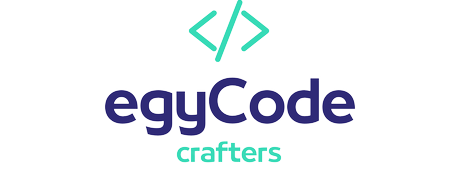Introduction:
In today’s fast-paced business environment, having a robust and efficient Enterprise Resource Planning (ERP) system is crucial for managing various aspects of your organization, including inventory, sales, finance, and human resources. In this article, we will explore how you can create a powerful ERP system using the Laravel PHP framework for the backend and React JavaScript library for the frontend.
1. Understanding Laravel and React
Laravel is a popular PHP framework known for its elegant syntax, extensive feature set, and developer-friendly environment. It provides a solid foundation for building web applications, including complex ERP systems.
React, on the other hand, is a JavaScript library for building user interfaces. It allows for the creation of dynamic and interactive frontend components, making it an excellent choice for developing the user interface of an ERP system.
2. Setting Up the Development Environment
Before you start building your ERP system, set up a development environment. Install Laravel using Composer and create a new Laravel project. Similarly, set up a React project using tools like Create React App.
3. Designing the Database Schema
Define the database schema for your ERP system using Laravel’s migration feature. Identify the necessary entities such as customers, products, orders, invoices, employees, and departments. Create the corresponding database tables and define relationships between them.
4. Implementing Authentication and Authorization
Secure your ERP system by implementing authentication and authorization features. Laravel provides built-in functionality for user registration, login, and password management. You can use Laravel’s middleware to control access to different ERP modules based on user roles and permissions.
5. Building CRUD Functionality
Implement CRUD (Create, Read, Update, Delete) operations for managing various data entities in your ERP system. Use Laravel’s Eloquent ORM to define models and implement the necessary methods for data manipulation. Create APIs to handle CRUD operations and communicate with the frontend.
6. Creating the React Frontend
Develop the frontend of your ERP system using React. Break down the user interface into reusable components and implement features such as data listing, form submission, data filtering, and search functionality. Utilize React’s state management capabilities to handle real-time updates and provide a smooth user experience.
7. Integrating Laravel Backend with React Frontend
Establish communication between the Laravel backend and React frontend. Use Axios or other HTTP libraries to send API requests from the frontend to fetch data from the backend or update the database. Implement error handling and validation on both ends to ensure data integrity.
8. Adding Additional Modules and Features
Enhance your ERP system by adding additional modules and features based on your business requirements. You can incorporate modules for inventory management, sales and purchase, financial management, human resources, and reporting. Leverage Laravel’s ecosystem of packages and libraries to expedite the development process.
Conclusion:
Creating an ERP system using Laravel and React provides a solid foundation for streamlining your business processes and improving overall efficiency. Laravel’s robust backend capabilities combined with React’s interactive frontend components allow you to develop a comprehensive and user-friendly ERP system tailored to your organization’s specific needs. By following the steps outlined in this article, you can create a powerful ERP system that empowers your business to thrive in today’s competitive landscape.

